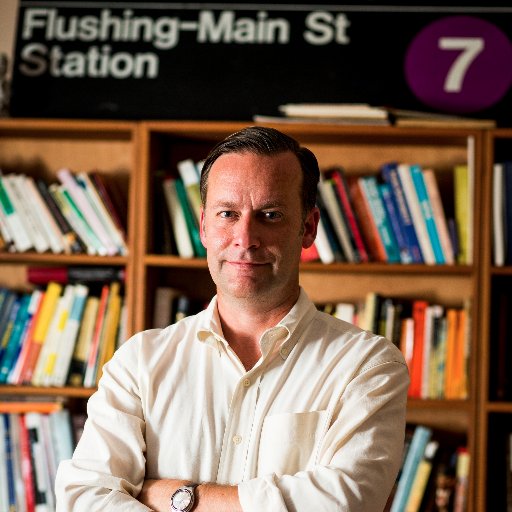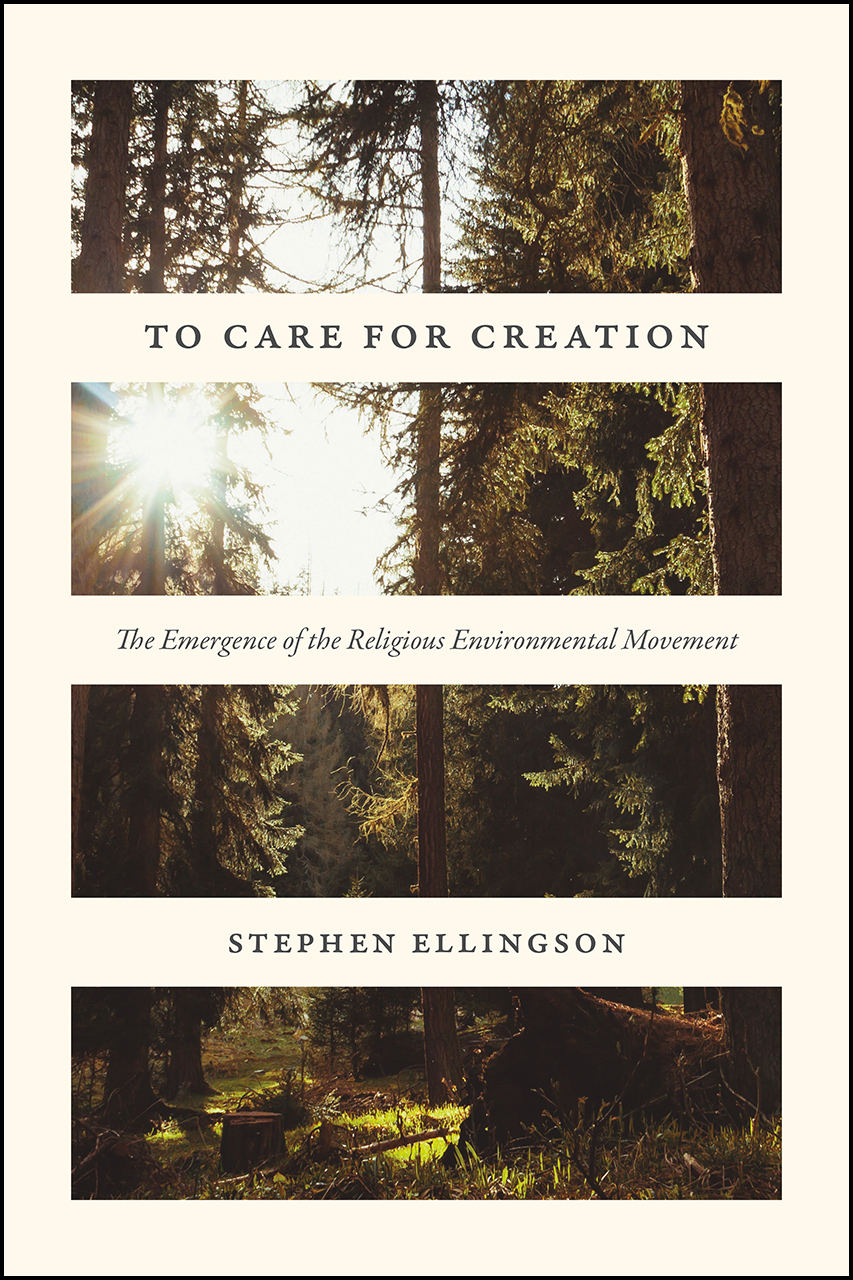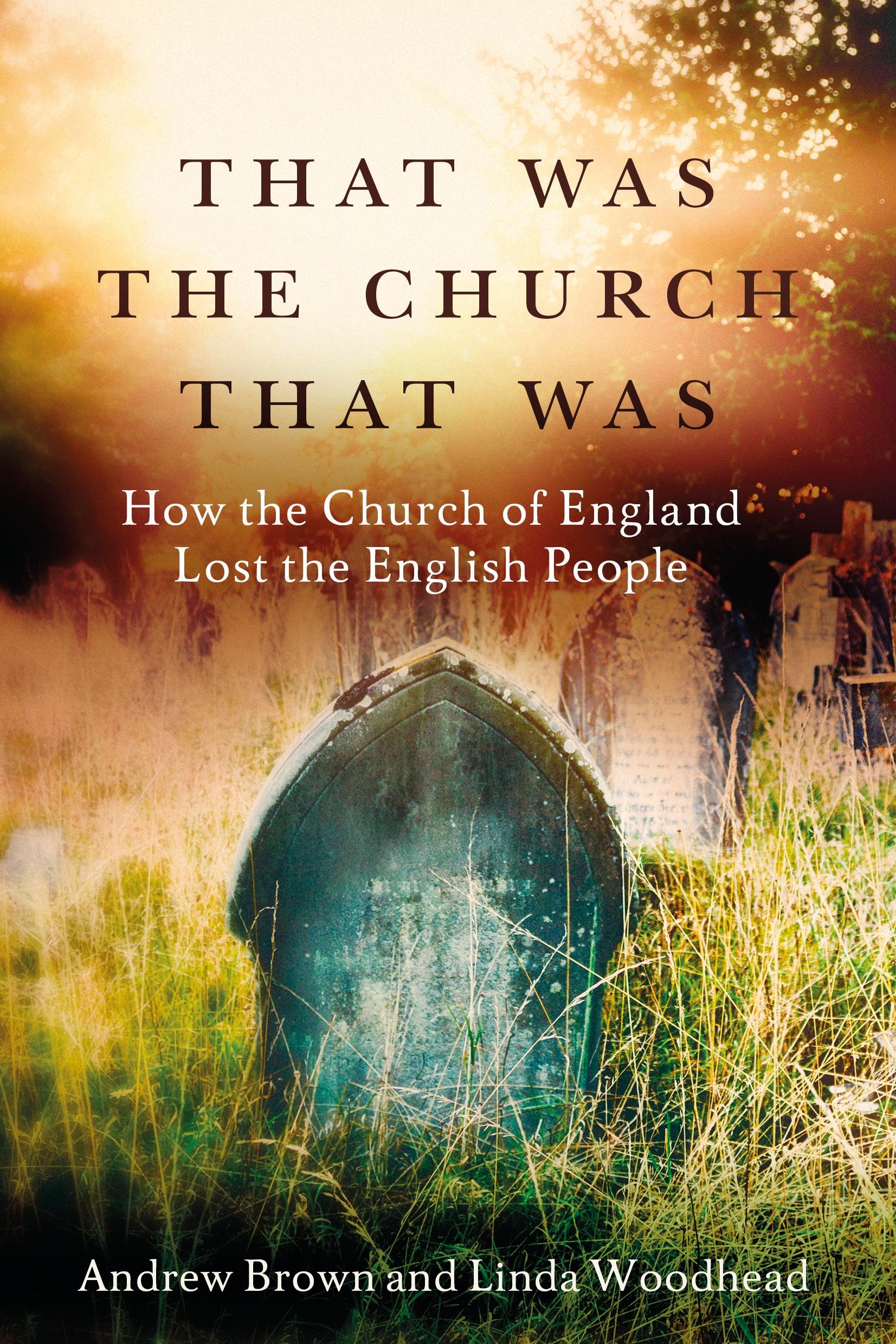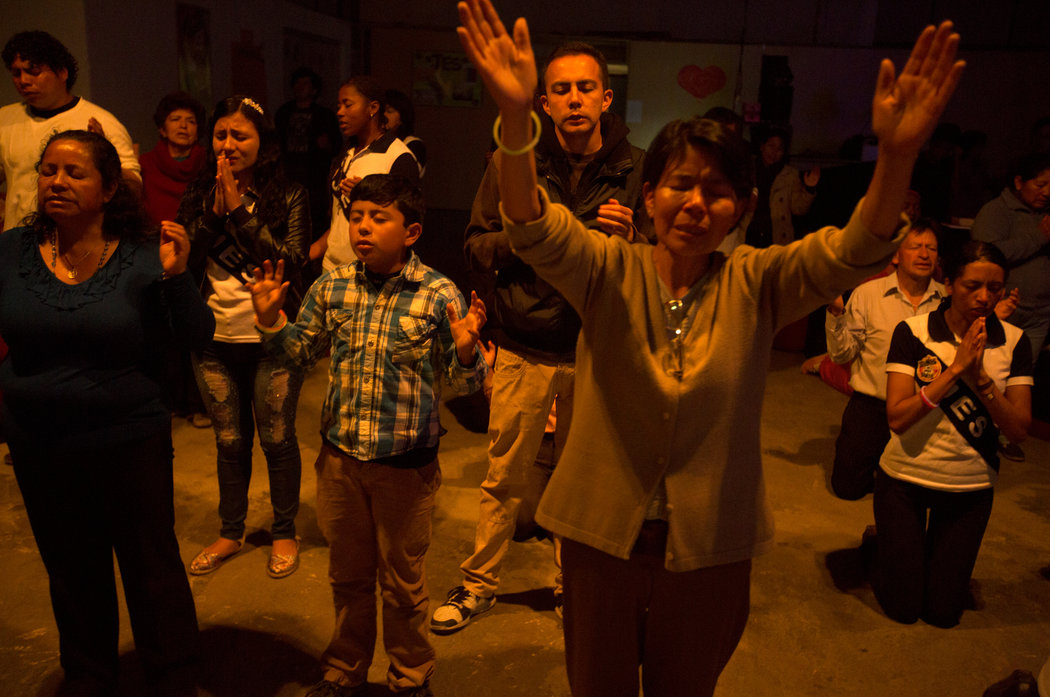
R. Scott Hanson’s book City of Gods (Fordham University Press, $35) is a study of a very particular place, the Flushing section of Queens in New York City, but the author believes that the “super-diversity” of this neighborhood can tell us a great deal about American religious pluralism. Flushing is unique in several ways—it has a long and yet neglected history of pluralism and religious freedom stemming from the Flushing Remonstrance, a historic document that guaranteed freedom to Quakers during the Dutch settlement of New York. But more importantly, the neighborhood’s high concentration of different faith traditions and congregations is singular in the U.S. (other neighborhoods in Queens have the distinction of being the most diverse zip codes in the country, but Flushing carries the title in terms of religious institutions). In about a two-mile-radius of downtown, Hanson counts dozens of Hindu and Buddhist temples, mosques, Sikh gudwaras, and, most noticeably, over 100 Korean churches (not to mention other churches). The diversification since the 1990s (although starting with the post-1965 immigration) makes Hanson ask the obvious questions: Can society withstand such extreme diversity? Can any kind of identity and unity exist in such pluralism?

To Care for Creation (University of Chicago Press, $30), by Stephen Ellingson, examines both the growth and limits of religious environmentalism through focus on the careers and work of activists in the movement. Based on interviews with leaders from more than 60 religious environmental groups, Ellingson finds that there is a lack of unity and cooperation among many of these groups, even though there are umbrella organizations such as the National Religious Partnership for the Environment. There has also been a time lag, with most secular environmental groups starting at least 25 years before religious ones. Ellingson writes that it was in the 1990s when religious bodies issued various statements and consultations; only after they developed religious rationales for getting involved in the environmental movement did they actually start forming organizations. In a statistical overview of the 63 organizations that he studied, the author finds considerable differences in issues and approaches—although 89 percent deal with climate change—with fewer groups working on legislation and lobbying to the extent that the secular movement does. The lack of coordination between religious groups and between secular and religious organizations (along with a level of suspicion existing between both movements) hampers the effectiveness of faith-based environmentalism.

Journalist Andrew Brown and sociologist Linda Woodhead join forces in the new book This Was the Church That Was (Bloomsbury, $29.95), to produce a no-holds-barred and controversial account of the declining fortunes of the Church of England. The book, which was delayed in publication this summer over contested sections regarding C of E leaders, argues that the church is out of touch with the English people both as an establishment institution and as a spiritual community. They trace much of this disconnect with society to the Thatcher years when the class structure crumbled and the bishops and the machinery of the church couldn’t deal with the reality that they were no longer the establishment. Their candid and at times humorous account of the subcultures in the C of E—describing one Anglo-Catholic seminary as so “spikey” that “men called each other by girl’s names like `Doris’ and `Betty’ and got excited about lacy cottas and embroidered chasubles”—lays the blame for the decline on all parties concerned. The evangelicals insisted on moral purity and 1950s-style conservatism that was out of touch with modern British mores and lifestyles, while the more liberal bishops, such as former Archbishop of Canterbury Rowan Williams, were married to social policies out of touch with more conservative members. They write that Williams backtracked from his support of gay clergy and women bishops while making confusing statements about the validity of sharia law in Britain, leaving both the conservative and liberal public disaffected.

New Ways of Being Pentecostal in Latin America (Lexington Books, $90), edited by Martin Lindhardt, suggests that while Pentecostalism will continue its growth on this continent, it will increasingly diversify as it faces new cultural and religious challenges. In his introduction, Lindhardt argues that while the long-held theory that Latin American Pentecostals see their faith as an alternative to poverty and lower class status still is relevant, new developments are shaping the movement, such as the rise of an educated Pentecostal middle class, new political and civic involvement, and a “de-institutional” tendency where believers pick and choose their beliefs and practices or drop out of the churches completely or return to Catholicism. Several of the chapters look at the ways Pentecostal churches have adapted and innovated in their styles of music, including contemporary, black gospel, and rap (even as certain dance moves or what is considered inappropriate clothing are prohibited).
